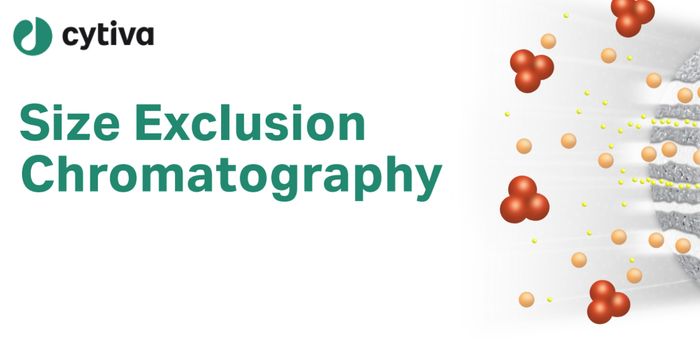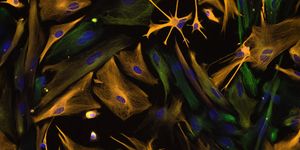Most people take for granted that they can walk down the street while thinking about their day. Or drive to work without worrying about what their arms and legs are doing to drive the car. A rare genetic disorder, recently found to be caused by a specific gene PIEZO2, disturbs one’s sensation of their body in space. People with this disorder cannot walk without paying attention to where their legs are moving, or reach for an item on a shelf without watching their arm reach for it.
Scientists at the National Institutes of Health have been investigating this rare neuromuscular disorder based on the experiences of two previously undiagnosed patients with similar symptoms. Other symptoms included hip, finger and foot deformities and progressive scoliosis. Dr. Carsten G. Bönnemann, M.D., senior investigator at the NIH’s National Institute of Neurological Disorders and Stroke (NINDS), helps diagnose children with hard to characterize disorders using genetic analysis.

In collaboration with members of Alexander Chesler’s lab, an investigator at NIH’s National Center for Complementary and Integrative Health (NCCIH), Dr. Bönnemann’s team was able to pinpoint a specific loss-of-function gene mutation in both patients using whole-exome sequencing and RNA analysis. The PIEZO2 gene regulates Piezo2 protein production and activity in cells. Piezo2 protein is known to work in neurons controlling touch and proprioception based on studies in mice. It is a mechanosensitive protein that responds to changes in cell shape, as in a finger touch to a pencil, by generating electrical nerve signals alerting us of the sensation.
“Our results suggest they are touch-blind. The patient’s version of Piezo2 may not work, so their neurons cannot detect touch or limb movements,” said Dr. Chesler.
The study published this week in the
New England Journal of Medicine highlighted discovery of the PIEZO2 gene as well as other symptoms of the disorder using whole-cell recording techniques and functional magnetic resonance imaging. The patients could not sense certain forms of touch and lacked body awareness. When blindfolded, they could not walk easily or reach for an object in front of them that they know is there. There was no reaction to touch on the palms of their hands; however, they could feel sensation of touch on hairy skin.
In an interesting twist to the disorder, though these patients had sensory issues, their nervous systems developed normally. They could feel and recognize other sensory stimuli such as pain, itchiness, and temperature changes. In addition, their brain and cognitive development is on par with their peers without the disorder.
Having discovered a causative gene will help the scientists begin to understand the role of touch and proprioception in development, including its specific association with musculoskeletal development. The study also highlights the adaptability of the nervous system, in that when one set of sensory tools are missing, others are heightened. In this case, the patients heavily relied on vision to help them navigate their own sense of body in space and movement.
“What’s remarkable about these patients is how much their nervous systems compensate for their lack of touch and body awareness,” said Dr. Bönnemann. “It suggests the nervous system may have several alternate pathways that we can tap into when designing new therapies.”
Sources:
NIH,
NEJM,
Genome.gov









